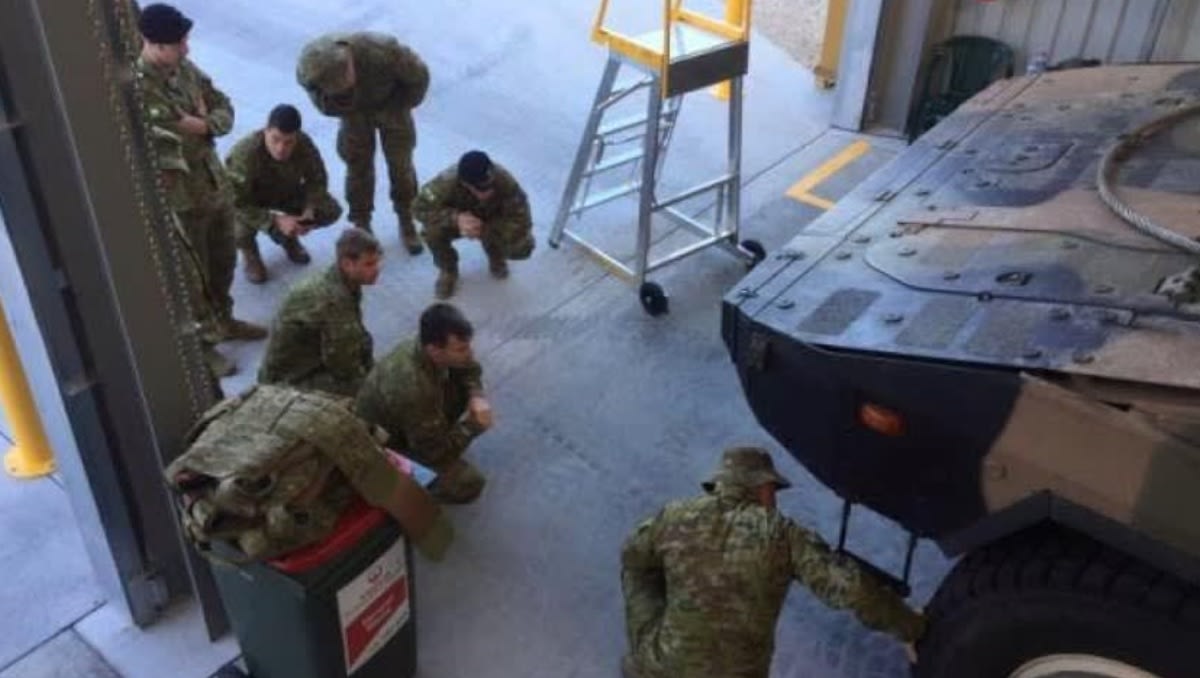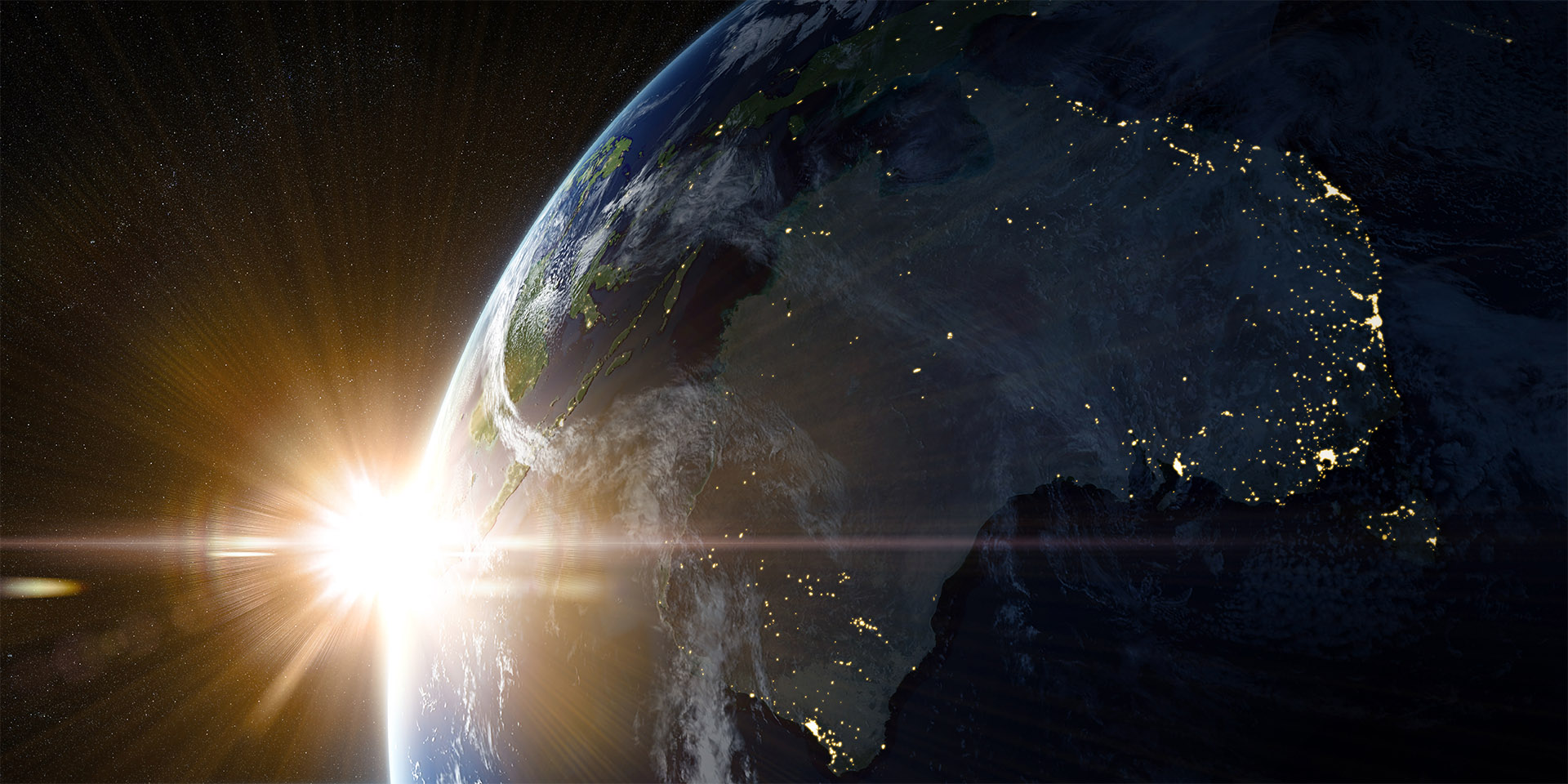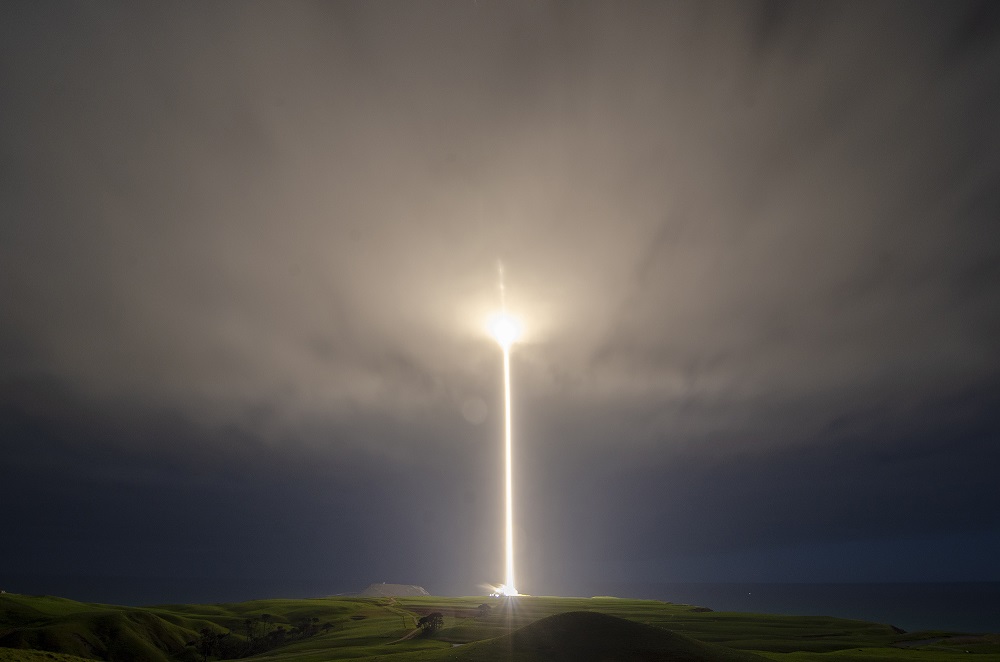Like everyone, i love the thought of new equipment and systems , but like i have mentioned before here, i feel we are missing the jesus nut of the problem. Whenuapai , like Devonport for the Navy , is no longer fit for purpose. NZ needs a new purpose built airbase that can support the operational requirements of the airframes discussed above. Whats the point of investing in a KC30, KC46 or even C2 if it cant take off at MAUW ? To save money you could do a joint civil/mil at Chch, but I feel this topic needs to part of the "rebuild" of the NZDF.
Fully agree NZ ideally needs a new purpose built airbase for future growth expansion and/or potentially to base overseas visitors particularly if they are permanently based here (a la Singapore's proposal).
In the meantime the current basing arrangements appear to be "working", in that they can cater for NZ's current small air force. But suggest if the air force expands (even minimally, as in extra aircraft. Let alone potentially new capabilities), then having Ohakea supporting both operational and training squadrons ought to be re-examined. Granted overseas airforces can and do mix operational/training on the same base but in comparison to NZ their air bases are 'mega" sized i.e. take up a lot of land area. Although potentially Ohakea could expand even more perhaps. Otherwise investigate shifting basic pilot training to perhaps Woodbourne. Unclear if advanced pilot training would remain at Ohakea or shift - will leave that for RNZAF as SME's to figure out. But presumably helo training would remain at Ohakea for mass (3 Sqn LUH roles) and for maintenance support reasons.
A study was done during the 2017-2020 Labour/NZF coalition govt on new air force basing options including should an overseas air force were to be based here eg Singapore (and a new southern naval base). Will try and dig up the document (sorry can't do it until tomorrow) unless someone else can locate it first.
From memory various airbase options were looked at.
* Several sites in Northland (because ... NZF loves their own region)! But were ruled out (alot of this part of the study was blanked out), which I agree with as Northland is a narrow, confined area and this was mentioned as a factor (mind you the climate and beaches would be amazing, imagine the easy recruitment - think Aussie Gold Coast before it was developed several decades ago)! There was also concern operations would negatively impact upon Maori iwi/tribes in the area (I'd imagine there would be more pushback by having a military base in their backyard).
* Auckland International Airport was looked at but ruled out. Apparently even when AIA expands and constructs a second runway with associated infrastucture primarily for commercial users there will not be enough space to house all of the current Whenuapai squadrons there and/or allow the air force to operate unresticted.
* Waiouru Army Training Area was looked at, IIRC there might have been the space but were some other concerns which have escaped me but one of them might have been weather related, restricting flying operations? Ultimately ruled out.
*Christchurch International Airport was also looked at and was found to have many positive attributes. Eg expansion plans for a second runway (west of the existing main runway). RNZAF could potentially acquire land on the western side of the airport where the new runway would be located. So potentially this option would be viable.
My thoughts: RNZAF requires at least 3 operational bases - two in the North Island (Whenuapai and Ohakea) and a new operational base in the South Island. This follows historic reasoning. Also for civil defence resilience. Note I'm not counting Woodbourne as perhaps that could become the new training airbase? So why Christchurch? Because the infrastructure already exists (granted a new greenfield airbase in the South Island could be considered, at a greater cost, but will rule this out for now unless there is a future yet to be defined need - let's say the USAF wanted to set up shop). So Christchurch/Harewood it is. The city has employment and education opportunities for spouses/children and it also is fairly "cosmopolitan". It also links with the port at Lyttelton for naval/Antarctic re-supply.
What could be based at Christchurch (if and when it is developed)? Well if the RNZAF were to acquire large transport aircraft (eg A330 MRTT or C2 etc) its near 11,000' runway would allow pretty much unrestricted operations. Also potentially Antarctic support operations could move from the eastern side to the western side (eg RNZAF, and USAF C-17 operations). As the Army's 2/1 battalion in based nearby at Burham it would facilitate easier movement by air. And if a large helicopter type is eventually acquired, say Chinook, consider basing them there to give the South Island (and Army) a permanent military helo precence. Again invaluable for HADR (and when the Apline fault does go). Plus air force CSAR.
Then if an overseas air force for example Singapore (or whomever) were to base themselves there, they have plenty of land to build infrastructure and plenty of airspace to practice in a relatively low populated airspace.
The "problem" with Ohakea (for larger air transport or foreign basing) is it appears to have used up much of its existing estate space and any new expansion/development may need to start at the south/eastern side of the airbase. Also as Ohakea is the air forces primary airbase it would prefer not to have operations (nor expansion) curtailed by permanent foreign basing (according the previously publicly released Singapore F15 basing proposal docs). Plus also we want to keep Ohakea for future ACF or jet advanced training needs

. The infrastructure (i.e. munition stores) and hangers still exist. The current hanger user - 42 Sqn's four B350's could be re-accomodated into a smaller purpose built hanger like the T-6 Texans have).
Finally:
*Whenuapai. In a nutshell RNZAF would prefer to retain Whenuapai and extend the existing main runway. Potentially this is do-able it seems.
I support this. Existing infrastructure exists and it is a purpose built military air base. Also for civil defence reasons. Otherwise if no Whenuapai (nor AIA being suitable) our largest city is "defenceless", even in terms of sneaking special forces in to defend the navy base or local government, for example). Granted I would expect that even if runways were extended, there would still be restrictions on some operations (eg at night time).
So what would be based at Whenuapai? Currently the C-130's and if more are acquired then there is additional hanger space available (the former P-3 Orion hanger). Currently the naval helos are based there so no change. Potentially there would be space for future long-range maritime UAV operations and/or future EMAC coastal patrol aircraft. Suggest also NZDF investigate the feasibility of basing a small squadron/flight of new medium utility helicopters for dedicated NZSAS support (like how the Australian Army has its own specialised SASR helo capability). Probably looking at 2 a/c in the air so perhaps only 5 (or 6) would be needed? If say the UH-60M was choosen then that would provide commonality (in terms of support) with a potential MH-60R naval acquisition. Would also enable full interoperably with the ADF (Special Forces, plus Navy). Also full interoperability with close allies such as US Army/SOF (if anyone read the media reports of the tragic death of a NZSAS trooper exercising with US SOF not too long ago there also appears to be a training capability gap due to NZ helo operations being conducted with a different and unlike platform not allowing the RNZAF to become familiar with the deployment insertion technique to allow NZSAS to practice).




